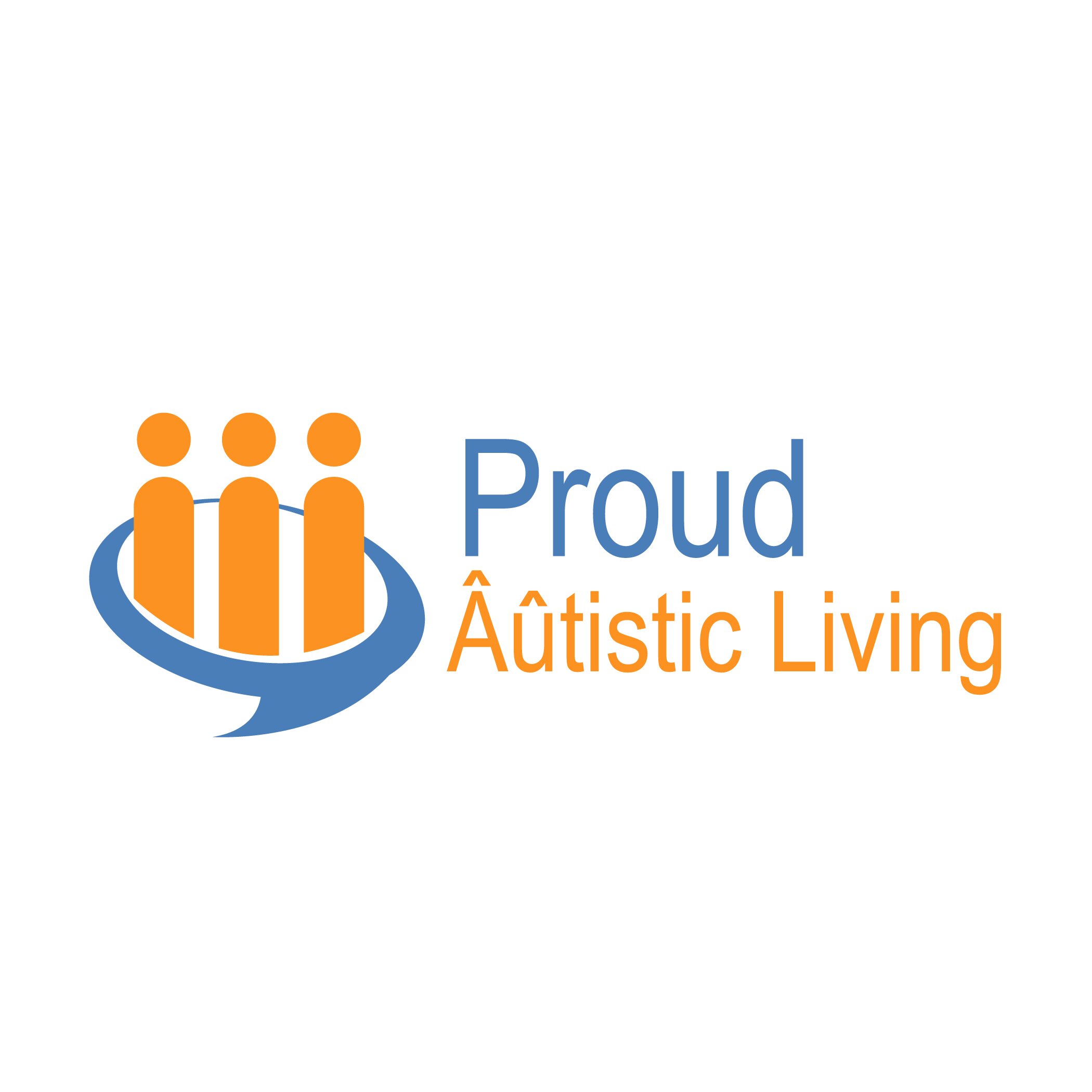I’ll never truly understand what the big deal with eye-contact is all about. But it’s a thing. It’s bizarre to me that it’s a thing but it is a thing. People actually get out of shape about it. I regularly see posts about it from parents in support type groups on social media. Comments along the lines of a child not providing the desired eye-contact to a parent.
I understand this is far less of an issue in some non-western cultures, which for me would be a far preferable situation because it really is difficult for me to deal with. It is a real struggle for me to maintain eye-contact. More on that soon.
I also have heard stories that some people have been unable to gain an autistic diagnosis because they gave good eye-contact. Like as if that’s a thing. The western developed culture in which I live seems to be quite obsessed about this whole eye-contact  thing.
thing.
For some reason, there seems to be some belief that concentration, empathy, attention and care are somehow linked to the fact that we have iris to iris with each other.
It makes no darn sense. It really doesn’t make any sense at all.
It’s impossible to count the number of times growing up where the intimation was made that if someone wasn’t looking you in the eye when they spoke to you that they should be treated with suspicion, or at the very least the content of what they said should be treated as such.
“Look me in the eye and tell me that” was a term often used almost interchangeably with “tell me the truth”.
Clearly this whole eye-contact thing is an issue for many autistics. It certainly is for me. I have heard many other autistics say they also find it difficult or are unable to do it. It is such a known aspect that one autistic titled their autobiography in such a way ‘Don’t Look Me in the Eye – By John Elder Robison.
Just as the saying if you’ve met one autistic person, then, you’ve met one autistic person is a truism, so too is true that there are many variances of the issues that manifest around eye contact for autistics. I can speak only from my personal perspective.
My first recollection about eye-contact is from my early school days and insistence by teachers that I should look the person I speak to in the eye. I am not sure if this was due to it not being something that was done in my home life that I was not really aware of this prior to this time or if it was more to do with my feelings of inadequacy and inferiority at home. Either could certainly be true.
In these school exchanges, I discovered that this was really hard. It was my first experience of a transferral of pain and trauma at the mere meeting of eyes across space.
Yes, I do mean pain, and I do mean trauma.
Pain. Yes, the pain of eye-contact. It somehow actually hurts. I don’t understand how it is or why it is, but it still is. If I meet  the eyes of another and hold that meeting for more than a microsecond I experience a pain throughout my body, a painful discomfort. I can’t really define where that pain is or what sort of pain it is even, but it is a pain. I totally understand that it is rationally inexplicable, but it is still a thing and it still is valid.
the eyes of another and hold that meeting for more than a microsecond I experience a pain throughout my body, a painful discomfort. I can’t really define where that pain is or what sort of pain it is even, but it is a pain. I totally understand that it is rationally inexplicable, but it is still a thing and it still is valid.
Trauma yes, it is actually a traumatic thing. In addition to the pain, or perhaps the pain is a result of this next thing. This next thing is a feeling as if my very soul has been laid bare, that my every inner thought is on display, that my mind can be read, my secrets are now public. The best I can explain it is that it’s like being opened up totally from the inside out for all to see.
It’s a horrible experience, to put it bluntly.
Clearly that is my unique experience. If, however, the experience of other autistics is a similar one this should be considered carefully. There are myriad programs of therapy out there that are designed to ‘encourage’ or ‘improve’ eye contact in autistic children. I believe we should be very careful about this as a society. We are in effect maintaining a regime of therapy that causes harm to autistic people.
It would surely be better, would it not, to teach society at large that some people will look you in the eye when they talk to you and some will not, neither is a sign of attention, empathy, care or quality of listening. There are better and more effective ways of gauging these things than eye-contact.
E is for eye-contact and it is far far overrated.




